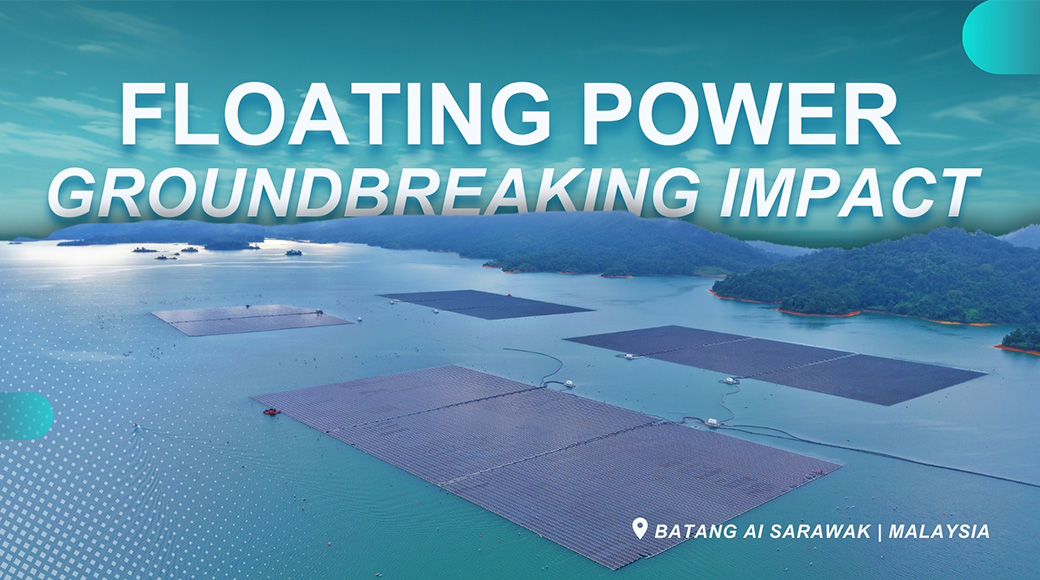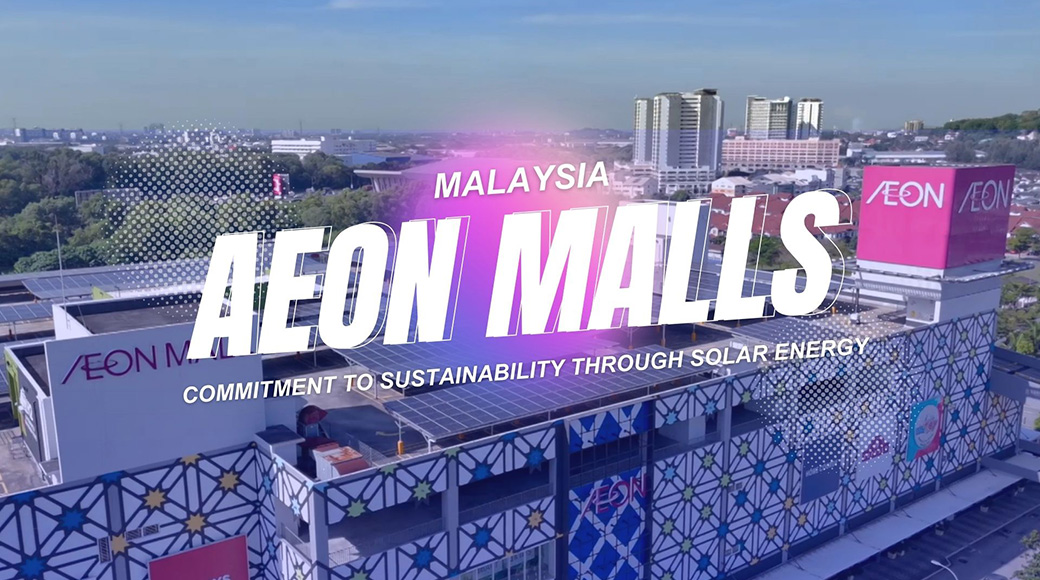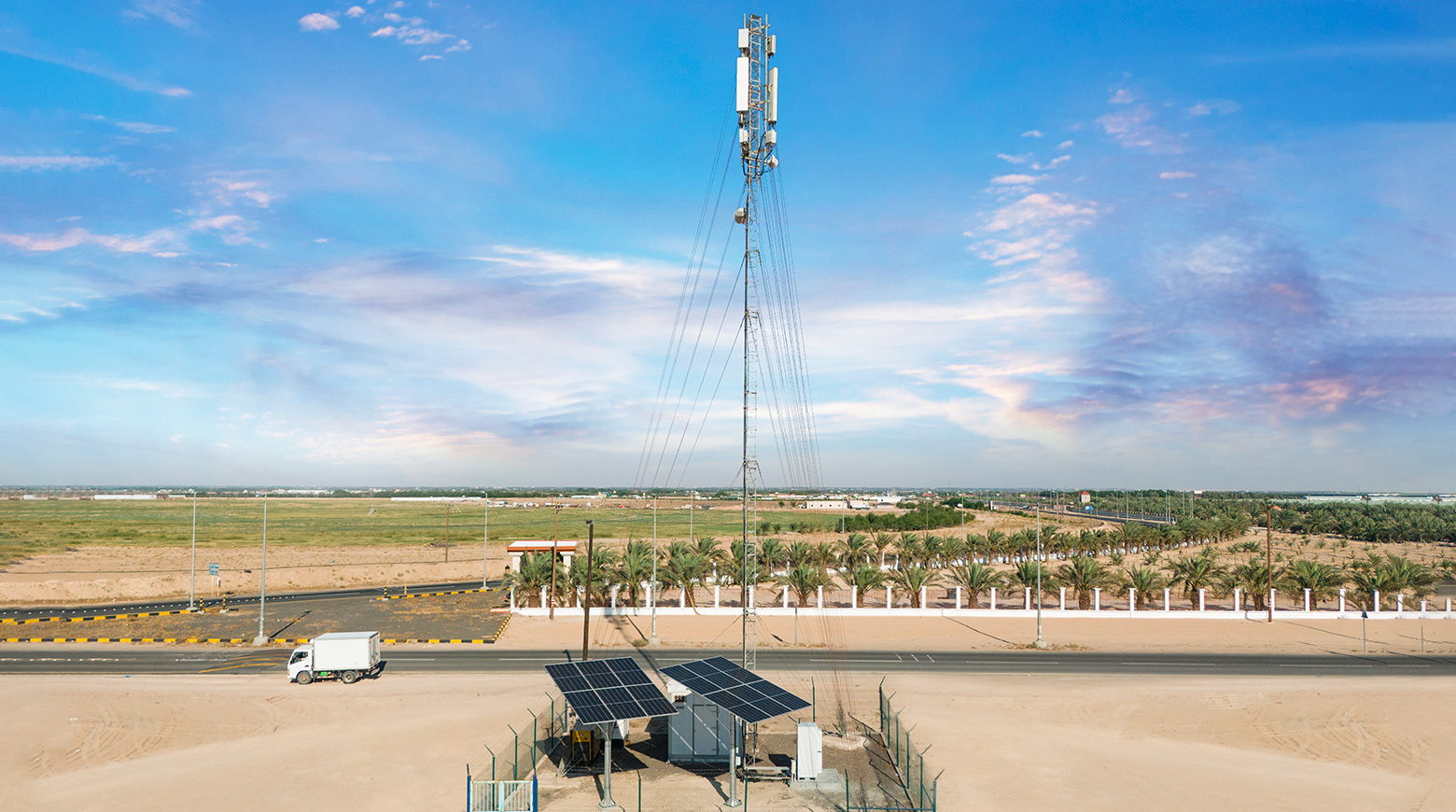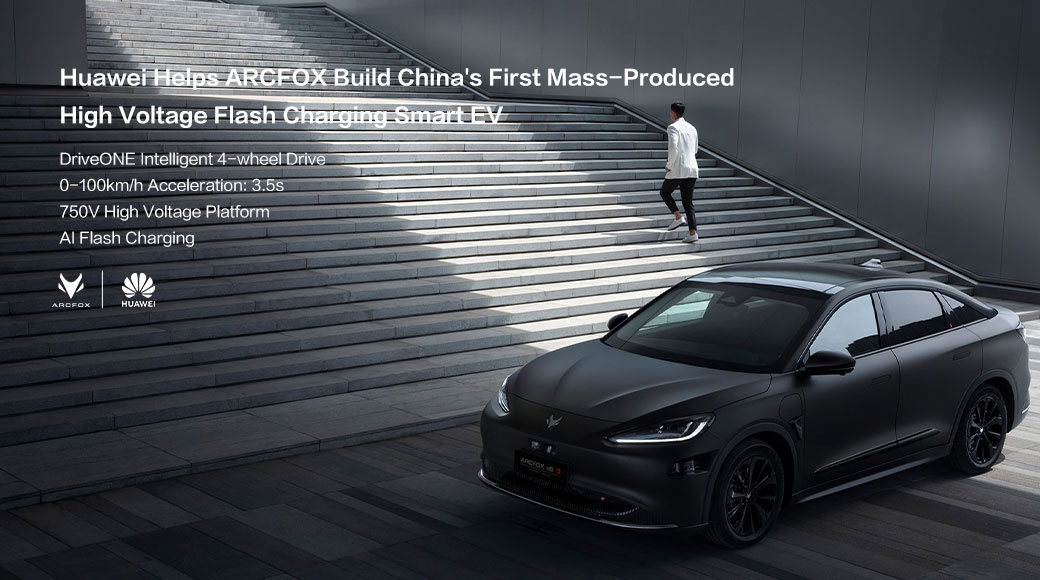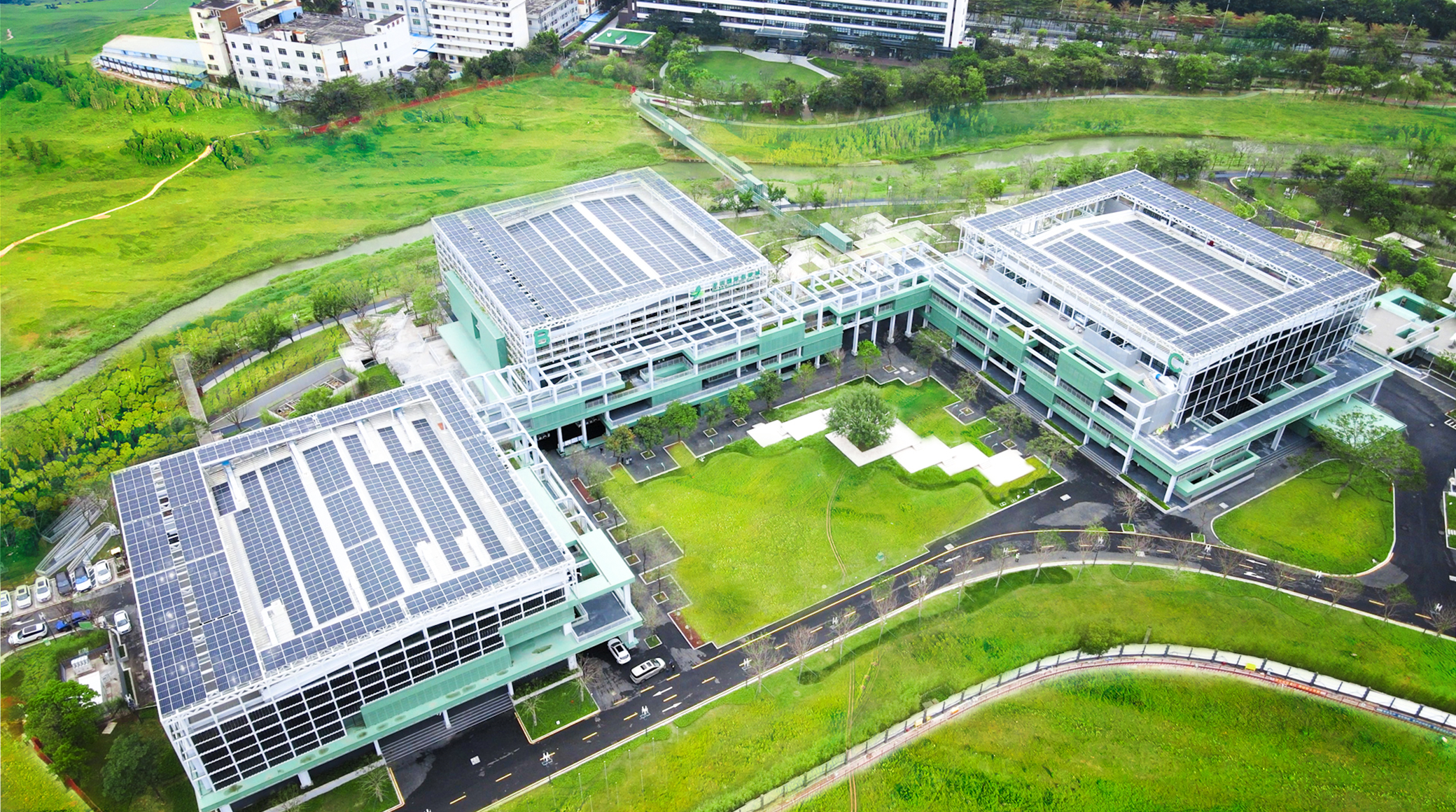Grid-Forming Tech Hits Milestone: Green Power Goes Commercial at High Altitudes
As new power systems emerge, grid-forming technology has entered the era of commercialization.
The world's first grid-forming energy storage plant, deployed in a high-altitude, extremely cold, and weak grid environment—the 30 MW PV + 6 MW/24 MWh grid-forming energy storage system (ESS) project in Gertse County, Northwest China—has demonstrated outstanding performance using Huawei's Smart String Grid-Forming ESS. This project not only addresses the technical challenges of renewable energy integration in high-altitude and weak grid regions but also highlights Huawei Digital Power's industry-leading grid-forming ESS technology, setting a benchmark for new power systems.
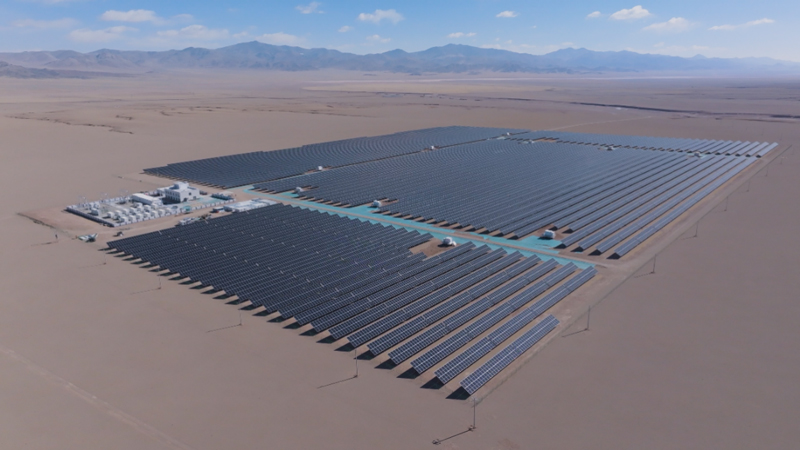
Located in Ngari Prefecture at an altitude of 4,600 meters, the Gertse project faces extreme winter temperatures below –35°C. With increasing renewable energy penetration and the growing use of power electronics, grid strength has weakened, making large-scale renewable integration more challenging. Before the grid-forming ESS was implemented, the 30 MW PV project's output was capped at just 1.5 MW. Additionally, the low air pressure and thin oxygen at high altitudes exacerbate device heat dissipation and operational challenges, making Gertse an ideal proving ground for grid-forming ESS technology.
Huawei Digital Power's Smart String Grid-Forming ESS stabilizes the regional grid by proactively delivering inertia, voltage support, and instantaneous response. It enhances system damping, suppresses wideband oscillations, improves stability, and increases power generation efficiency.
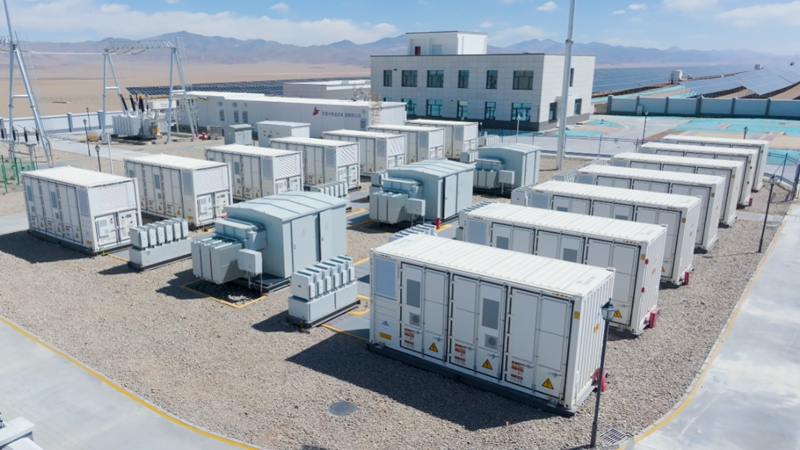
The project thoroughly validates the reliability of Huawei's grid-forming technology. Rigorous testing by the State Grid Electric Power Research Institute confirmed that the ESS passed the 35 kV short-circuit disturbance test. The power conversion systems (PCSs) maintained zero disconnections and output three times the apparent current within 10 ms, demonstrating exceptional performance under extreme conditions. According to the certification of Electric Power Dispatching and Control Center of the SGCC, after commissioning, the PV output surged from 1.5 MW to up to 12 MW, meaning 1 MWh of Huawei's ESS increases the PV output by 1.75 MW.
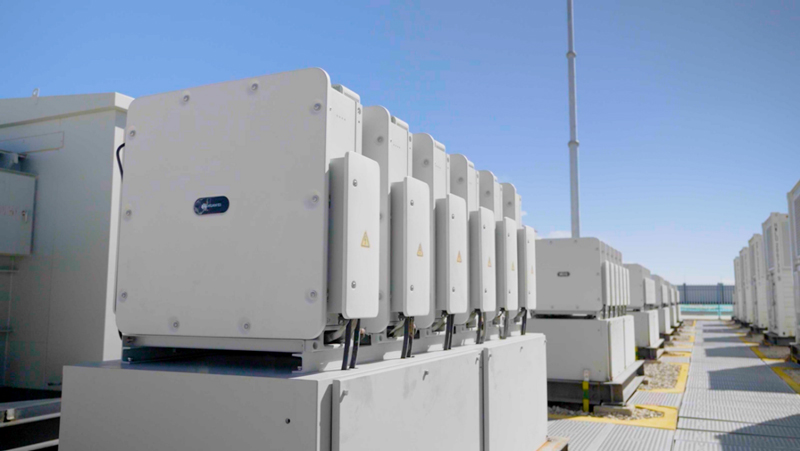
Yang Mingsheng, General Manager of the ZDI PV+ESS Project in Ngari Prefecture, commended Huawei's technology, "After 10 days of continuous detecting, we observed over 30 major grid disturbances. Huawei's grid-forming ESS consistently stabilized grid voltage and frequency, achieving 100% reliability. It not only boosted PV feed-in capacity but also strengthened Gertse's local grid stability, ensuring reliable power supply."
Huawei Digital Power's innovative Smart String Grid-Forming ESS has illuminated the world's highest regions with green energy, marking the commercial arrival of grid-forming ESS. Through technological innovation and real-world application, Huawei Digital Power has delivered replicable solutions for renewable integration in weak grids worldwide. This breakthrough not only elevates clean energy development but also accelerates the global energy transition.




 Search
Search
 EN
EN







